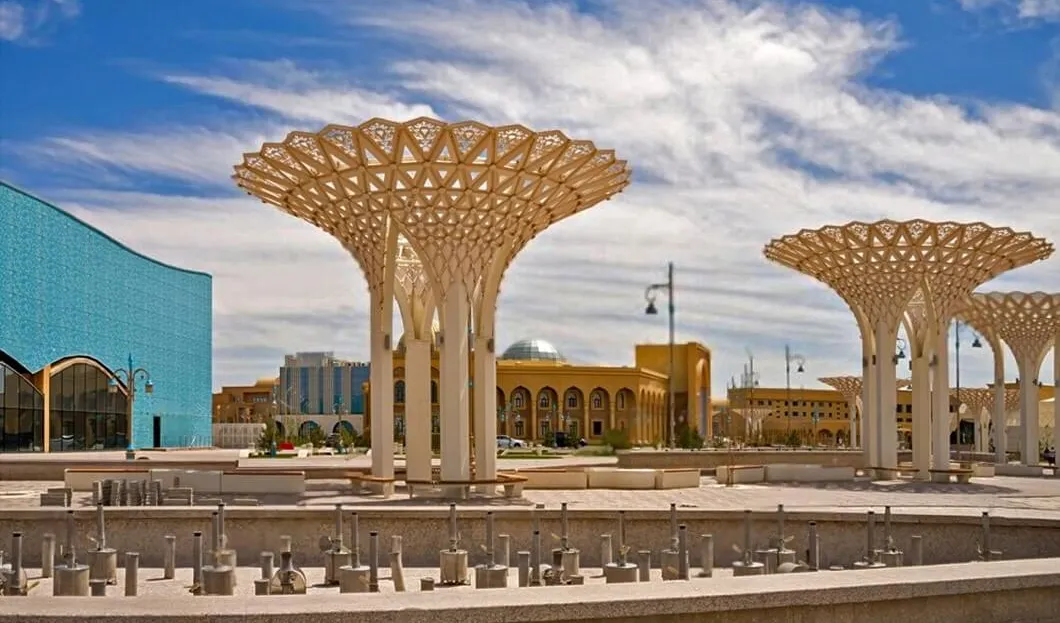
Since the time of the Timur, Turkistan has been a significant destination for pilgrims. The Sufi saint Yasawi's shrine draws visitors from all around Kazakhstan and its neighboring nations.
Turkistan is a worthwhile stopover if you are traveling through Kazakhstan from east to west if you want to observe current religious practices and be amazed by the enormous.
Yassi used to be the name for Turkistan. Before Ahmet Yasawi (Ahmet of Yassi), a respected Sufi instructor, chose it as his final resting place in the 12th century, it was a minor location. When Timur made a pilgrimage to the area in 1389 and commissioned the building of a mausoleum, things really took off.
At the time of Timur's passing in 1405, the mausoleum was still unfinished. Nevertheless, it is a grand and stunning structure that is reminiscent of Samarkand's Gur Emir and Bibi Khanym mosque. Tourism Review introduces Turkestan's top 5 attractions.










